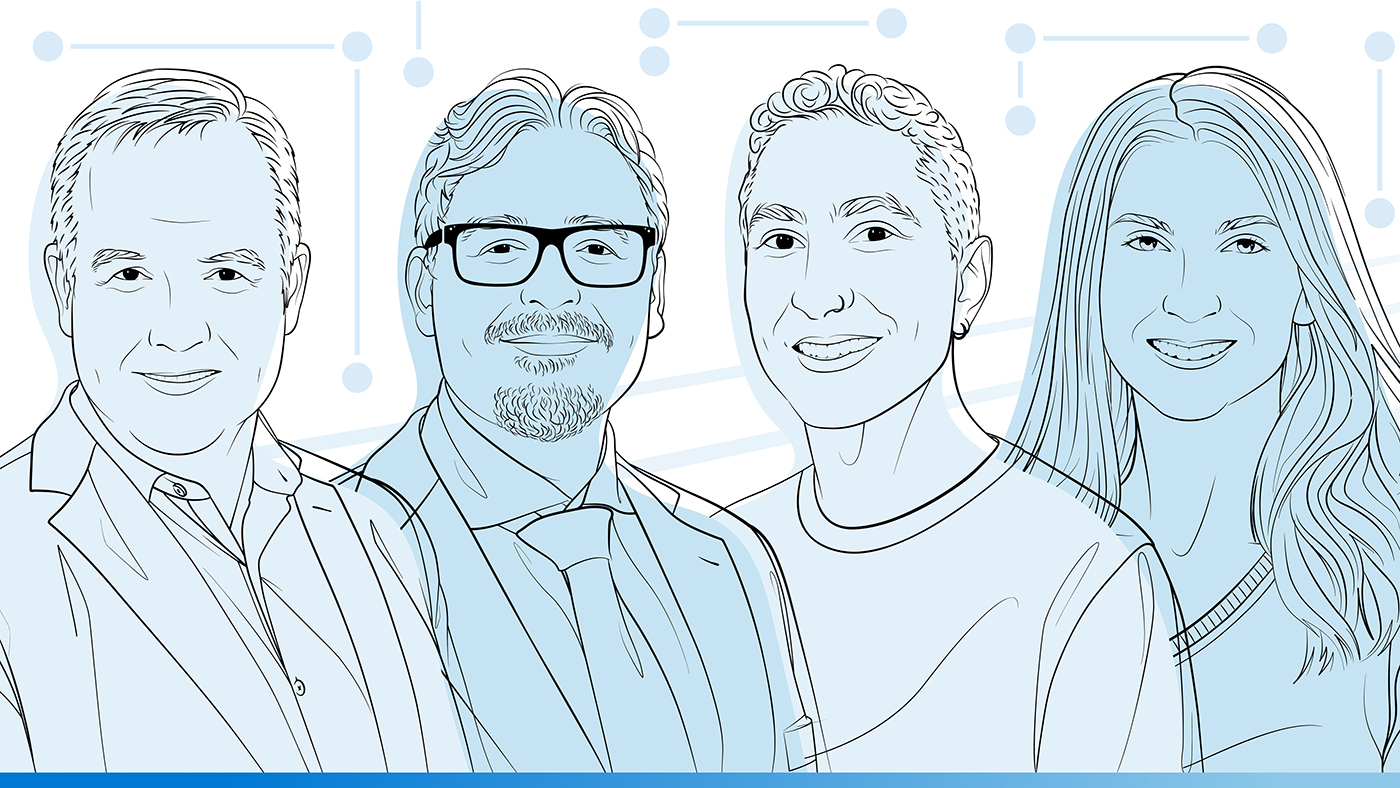Posted by
PODCAST SERIES
To hear George Varghese (opens in new tab) tell it, his research career got off to a rather inauspicious debut.
“I wasn’t exactly a shining star when I graduated from Indian Institute of Technology Bombay,” he says. “I was hardly the one who would have been selected the most likely to succeed!”
Over the intervening years, though, Varghese’s prospects took a turn for the better. He now is a principal researcher at Microsoft Research Redmond (opens in new tab), and he recently was named the 2014 winner of the IEEE Koji Kobayashi Computers and Communications Award (opens in new tab), one of the IEEE’s Technical Field Awards (opens in new tab).
The award, named for one of the leading forces in advancing the integrated use of computers and communications, was established by the IEEE board of directors in 1986 and is presented for outstanding contributions to the integration of computers and communications.
In Varghese’s case, his Kobayashi Award citation reads: “For contributions to the field of network algorithmics and its applications to high-speed packet networks.”
Varghese appreciates the gesture.
 (opens in new tab)“It’s been a great gift to receive this award,” Varghese says. “It is a bit of validation for what I have spent much of my life researching: a field I like to call network algorithmics. It’s about making devices on the Internet, such as routers and servers, faster so that you can get the download you want faster.
(opens in new tab)“It’s been a great gift to receive this award,” Varghese says. “It is a bit of validation for what I have spent much of my life researching: a field I like to call network algorithmics. It’s about making devices on the Internet, such as routers and servers, faster so that you can get the download you want faster.
“I feel that the best approach to making the Internet faster is interdisciplinary—not just algorithms or operating systems or hardware design, but a combination of all three in a way that sees the whole system, so that one gets a very different set of mechanisms from what a pure theoretician or a pure hardware designer would produce in isolation.”
As evidence of the prestigious nature of the Koji Kobayashi Award, previous recipients include such seminal computing pioneers as Vinton Cerf, Robert Kahn, and Timothy Berners-Lee.
“Of course,” Varghese says, “it is a great honor to follow these innovators (opens in new tab). Ultimately, awards and so much of life are outside one’s control, so I see it as a piece of grace.”
As he recounts the path that led him to this honor, he recalls the help he received along the way.
“There were a few people who seemed to believe in me, for no particular reason, along the way—which certainly helped!” Varghese states. “These included my mother, my advisers (S. Arunkumar, Wushow Chu, and Nancy Lynch), department chairs (Jon Turner and Mohan Paturi), bosses (Alan Kirby, Tom Edsall, and Victor Bahl (opens in new tab)), and, of course, my dear wife, Aju. I have also been blessed with a great set of students who worked on network algorithmics.”
Award in tow, Varghese now is pursuing his latest interest.
“I have become fascinated with a field that we have been calling network verification,” he says. “Basically, the thesis is that just as it is unthinkable to do hardware design without hardware-verification tools such as place-and-route and synthesis, there should be a similar set of tools for networking. Yet most networks today are designed and managed in very ad hoc fashion. So-called network-verification files are often programmed ‘by hand’ at a very low level of abstraction.
“When I was visiting Stanford, Peyman Kazemian, Nick McKeown, James Zheng, and I began to model networks more abstractly and built an interesting set of tools. At Microsoft Research, some of us in the networking group (opens in new tab) are working with the programming-languages group (opens in new tab), who are experts in program verification, to take this to the next level and to apply it to Microsoft’s networks, such as Windows Azure (opens in new tab), Bing (opens in new tab), and Global Networking Services. The hope is to make our networks—and perhaps our customers’—more available and easy to manage.”


